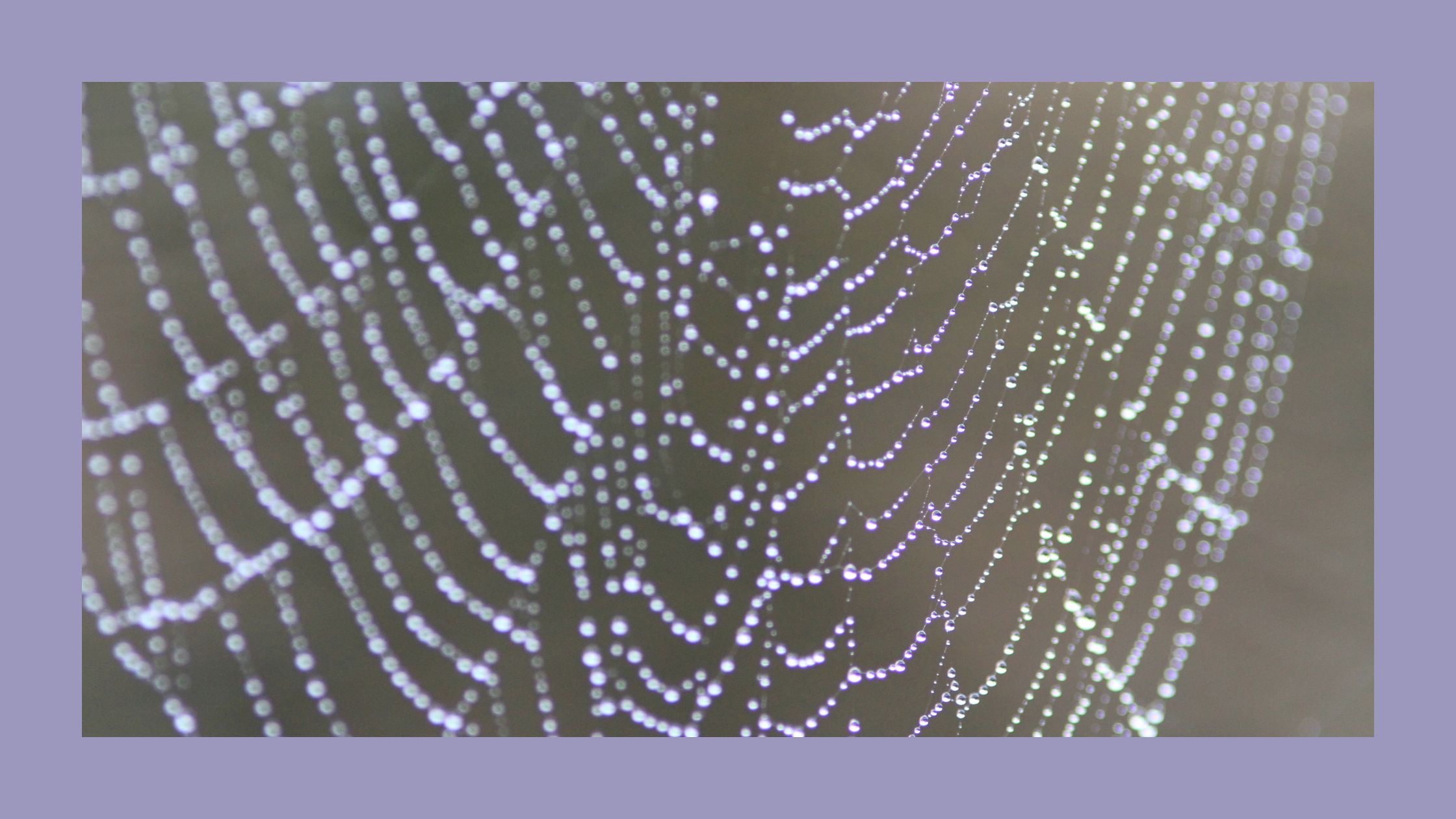
A frequent question I get asked when I talk about my career change from industrial engineering to web development is: “Is your Industrial Engineering knowledge useful for Web Development?”
To be honest, I also asked myself that question before leaping and switched careers. But the more I learn about programming web-based products, the more I can relate Industrial Engineering with the development of digital products.
Mental Change: From Industrial Engineering to Web Development
In fact, it wasn’t until I took a User Interface / User Experience (UI/UX) Design workshop, that I realized that the UI/UX concepts came from
How do I relate Web Development to Industrial Engineering?
Problem Solving
For starters, both professions require the capacity to solve problems. Ok, let me rephrase that. Both require the ability to visualize the problem and solve it. Some people are born with that talent. O

Ability to detail step procedures
In the regulated manufacturing world, it is required to document the processes that are performed to deliver a product to its final specifications. These documents may require a lot of detailed instructions, something that trains a person to think and write instructions step by step.
On the other hand, writing programs for web-based products is about detailing step by step the actions that you want the computer to do. The software should be written in a simple, and effective, manner and on efficient frameworks so that the software execution runs smoothly.
Design for Users
An industrial engineers’ work is to design a process so that the operator, or performer, of that process, can execute their tasks seamlessly.
From the web development perspective, UX/UI design is about designing the digital product, so that the user does not have to work when using the product. Both professionals seek to minimize the user’s work.
Lean manufacturing, my soul-friend
Do you know about the car manufacturer Toyota? One of their directors after the Second World War, Taiichi Ohno, created the lean manufacturing principles. The principles seek to eliminate waste, or Muda, that does not aggregate value to the final product. The seven (7) wastes are:
- Overproduction
- Wait time
- Transportation
- Movement
- Over-processing
- Defects
- Inventory
I will not go into detail on the definition of each of the previously mentioned wastes, but here is a link that provides that information.
Waste: manufacturing vs web development
Even though the concept of waste was developed based on manufacturing processes, waste can also be produced during the development of digital products.
The following table demonstrates a few examples of waste produced in manufacturing and web development.
| Waste | Manufacturing | Web Development |
| Overproduction | 1) Make the product before the client orders it. 2) To continue an operation when it should have been stopped. | 1) Create functions that the client did not require. 2) Create variables that do not save the necessary data. 3) Make unnecessary continuous requests to the server. |
| Wait time | 1) Product waiting to be processed because the equipment is being maintained. | 1) The time the server takes to send and receive requests. 2) Wait time until data can be presented to the user. |
| Transportation | 1) Move product from a workstation to another unnecessarily. | 1) Migrate software from one platform to another because of initial design errors. |
| Movement | 1) Scrap a product because a sudden stop of the equipment causes damage to the product. | 1) Change files that contain variables, components, or views from their respective directives. |
| Over-processing | 1) Rework the same part multiple times to reach the required dimensions. | 1) Rework code lines because methods used covered a use case but produced bugs on another. |
| Defects | 1) Assembly error causes that a part of a product does not function appropriately. | 1) BUGS! The software does not function correctly. |
| Inventory | 1) Save too much raw material in a warehouse. | 1) Create variables, and functions, just in case, the programmer needs them. |
Physical and digital product development
It has been interesting to experiment and participate in the process of the development of physical and digital products.
Now….. knowing that developing a product on the web is literally in my hands gives me confidence in myself that was unprecedented.
Make sure to read this post I wrote about English and Programming language if you, as for me, like to learn by assimilating ideas.
Thanks for reading.
You can get a new post notification directly to your email by signing up at the following link.
Related Articles
The following CTRL-Y articles are related somewhat to this post. You may want to check them out!:
- Tasks and Habits Tracking with Trello
- How to Practice Problem Solving for Web Development without Writing Code
- 5 Reasons Why Women Should Consider a Career in Web Development
- API Testing with Mocha
- Night Owl Home Office
- NodeJS Layered Architecture
- Learn to Code: Lower the Programming Pedestal
- Incorporating Digital Assets into Your Finances
- A Morning in a Front End Developer’s Mac Terminal
By the way – A playlist for you
I started writing this post while I was listening to ISAM from Amon Tobin. I have to admit that it was difficult for me to write because this album stimulated my visual thought that it was difficult to concentrate.
After returning from Amon’s trip, I listened to this Mr. Robot Soundtrack. Warning, both playlists are kind of intense so you have to be open-minded when listening to them. Enjoy!
Can you relate your past j